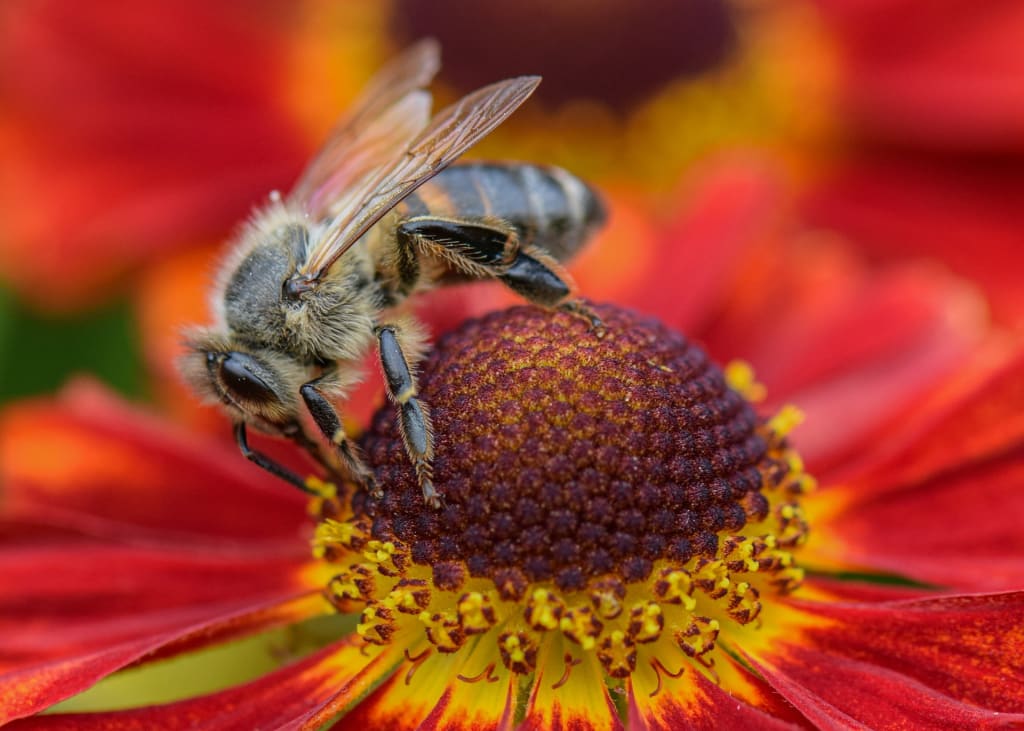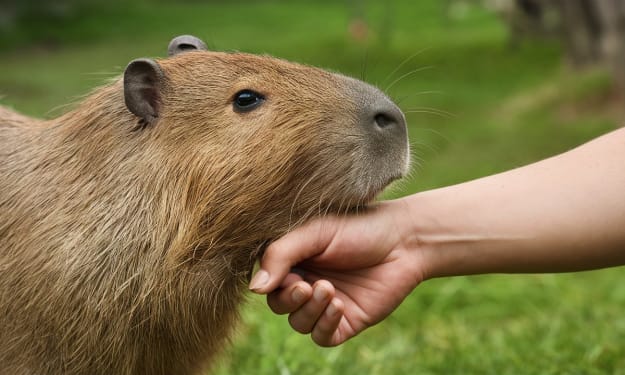Buzzworthy Insights: Unveiling the Top Ten Fascinating Facts About Bees
Discover the Incredible World of Bees and Their Remarkable Achievements

Introduction
The introduction serves as a crucial starting point for any document. It provides an overview of the topic at hand and sets the tone for the rest of the content. In this section, we aim to captivate the readers' attention and pique their interest by offering a brief glimpse into the subject matter. By providing a well-crafted introduction, we can effectively engage our audience and lay the foundation for the subsequent sections that will delve deeper into the intricacies of the topic.
Bees are fascinating creatures that play a crucial role in our ecosystem. They are not only known for their ability to produce honey but also for their important role in pollination. In this blog post, we will explore ten interesting facts about bees that will surely amaze you and deepen your appreciation for these incredible insects.
Fact 1: Bees are Super Pollinators
One of the most crucial and fundamental roles that bees play in our ecosystem is pollination. Bees, as they diligently and tirelessly go from one flower to another in their quest for nectar, unknowingly and accidentally aid in the transfer of pollen from the stamen (the male part) to the pistil (the female part) of the flowers they visit. This unintentional act of pollination is of utmost significance as it leads to the fertilization of the plants. The process of pollination is indispensable for the reproduction and survival of countless plant species, making bees not only important but truly indispensable for the growth and abundance of various crops and the overall biodiversity of our beautiful planet.
Fact 2: Bees Have a Complex Communication System
Bees are fascinating social insects that live in highly organized colonies. They display an impressive level of cooperation and communication among themselves. Their intricate communication system involves various methods such as dance, pheromones, and sounds.
The dance language of bees is particularly intriguing. Bees perform specific movements, known as waggle dances, to communicate the location of food sources and potential nest locations to their fellow colony members. This dance conveys important information, including distance, direction, and quality of the food source or nest site.
In addition to dance, bees also use pheromones to communicate. These chemical signals are released by individual bees and can transmit messages about the presence of danger, the need for defense, or even the queen's reproductive status. By detecting and interpreting these pheromones, bees can effectively coordinate their activities and respond to threats or changes in their environment.
Furthermore, bees communicate through sounds. They produce buzzing sounds, known as "piping," to signal different behaviors or conditions within the hive. For example, queen bees emit unique piping sounds to assert their dominance or announce their readiness to mate.
In summary, bees have evolved a remarkable communication system that enables them to convey vital information about food sources, nest locations, and potential threats. Their ability to effectively communicate and coordinate within their hive is a testament to their advanced social structure and intelligence.
Fact 3: Bees Have a Unique Hierarchy
Within a bee colony, there is a highly organized social structure that establishes a clear hierarchy. At the top of this hierarchy is the queen bee, who stands out as the largest and only fertile female within the colony. With her vital role, the queen bee takes on the responsibility of laying eggs and ensuring the survival and growth of the entire colony.
Supporting the queen bee are the worker bees, an integral part of the colony. These worker bees, all of whom are female, play diverse roles and perform various tasks. One of their crucial tasks is foraging, where they tirelessly gather pollen and nectar to sustain the colony's nutritional needs. Additionally, worker bees dedicate themselves to nurturing and caring for the young bees, ensuring their healthy development. They also take on the essential duty of defending the hive, protecting it from potential threats and intruders.
In contrast to the female-dominated population, male bees, known as drones, have a distinct purpose within the colony. Their sole mission is to mate with the queen bee, contributing to the ongoing reproductive cycle of the colony.
Overall, the intricate social structure within a bee colony showcases the division of labor, with each member playing a crucial role in the colony's success and survival.
Conclusion
Bees are incredibly fascinating creatures that play a vital role in the process of pollination, which is essential for the reproduction of many plants. Their complex communication system, involving dances and pheromones, allows them to effectively communicate the location of food sources to other members of their colony. Additionally, bees have a unique hierarchical structure within their colonies, with a queen bee leading the way and worker bees carrying out various tasks to maintain the hive's functionality.
The impact of bees on our environment and food supply cannot be overstated. As pollinators, they facilitate the transfer of pollen from the male parts of flowers to the female parts, enabling the production of fruits, vegetables, and seeds. Without bees, many plants would struggle to reproduce, leading to a decline in biodiversity and a significant reduction in crop yields. This would have far-reaching consequences for our food supply and the delicate balance of ecosystems.
Given their immense importance, it is crucial for us to recognize and appreciate the role that bees play in our lives. We must take proactive measures to protect these incredible insects and their habitats. By supporting initiatives that promote bee conservation, such as planting bee-friendly flowers and avoiding the use of harmful pesticides, we can contribute to the overall health and well-being of our planet. Our actions today will have a lasting impact on the future of bees and the sustainability of our environment.
In conclusion, bees are not just ordinary insects. They are remarkable creatures that deserve our admiration and protection. Through their pollination services, communication abilities, and unique social structure, bees contribute to the balance and harmony of our natural world. Let us work together to ensure a brighter future for these incredible insects and the ecosystems they inhabit.
About the Creator
Enjoyed the story? Support the Creator.
Subscribe for free to receive all their stories in your feed. You could also pledge your support or give them a one-off tip, letting them know you appreciate their work.






Comments
There are no comments for this story
Be the first to respond and start the conversation.